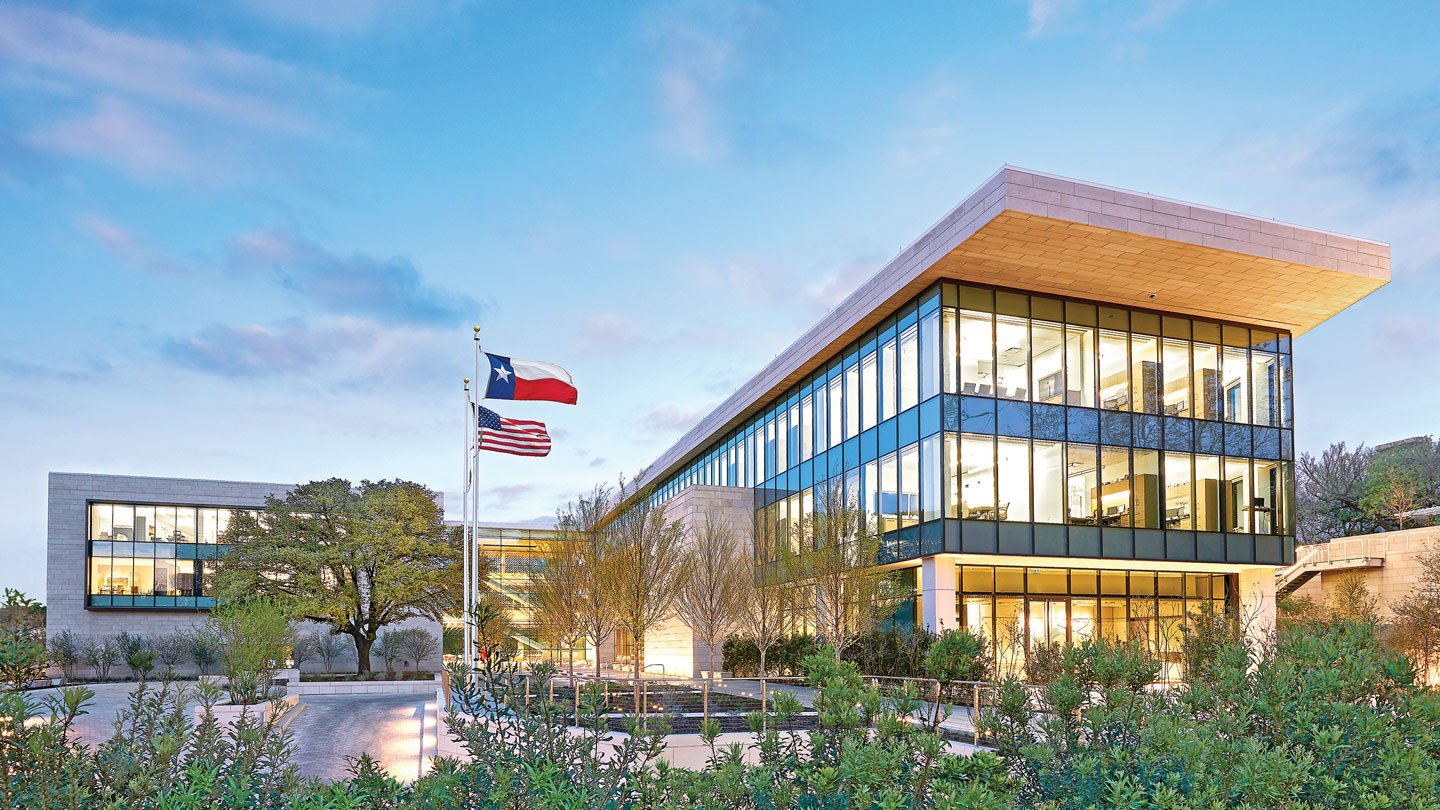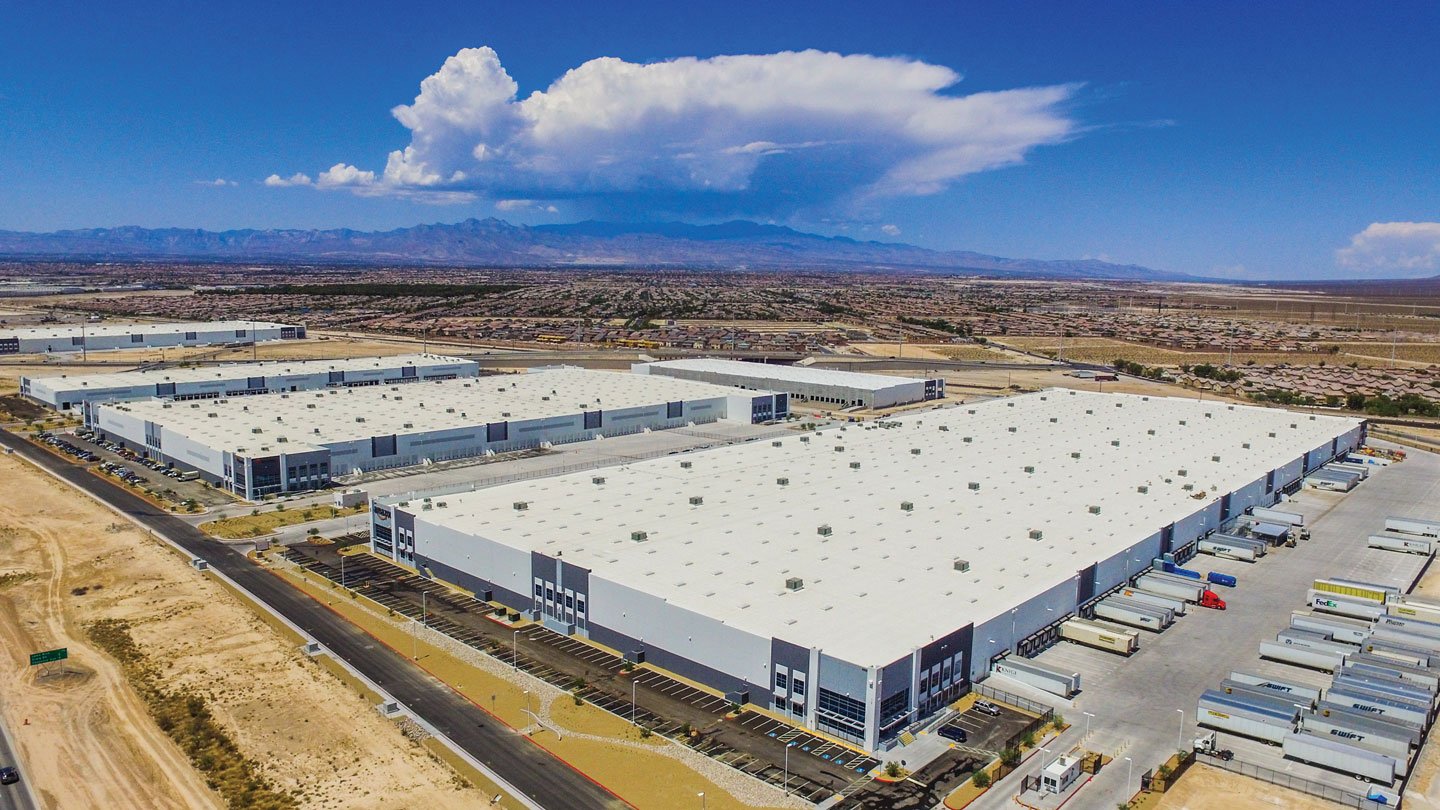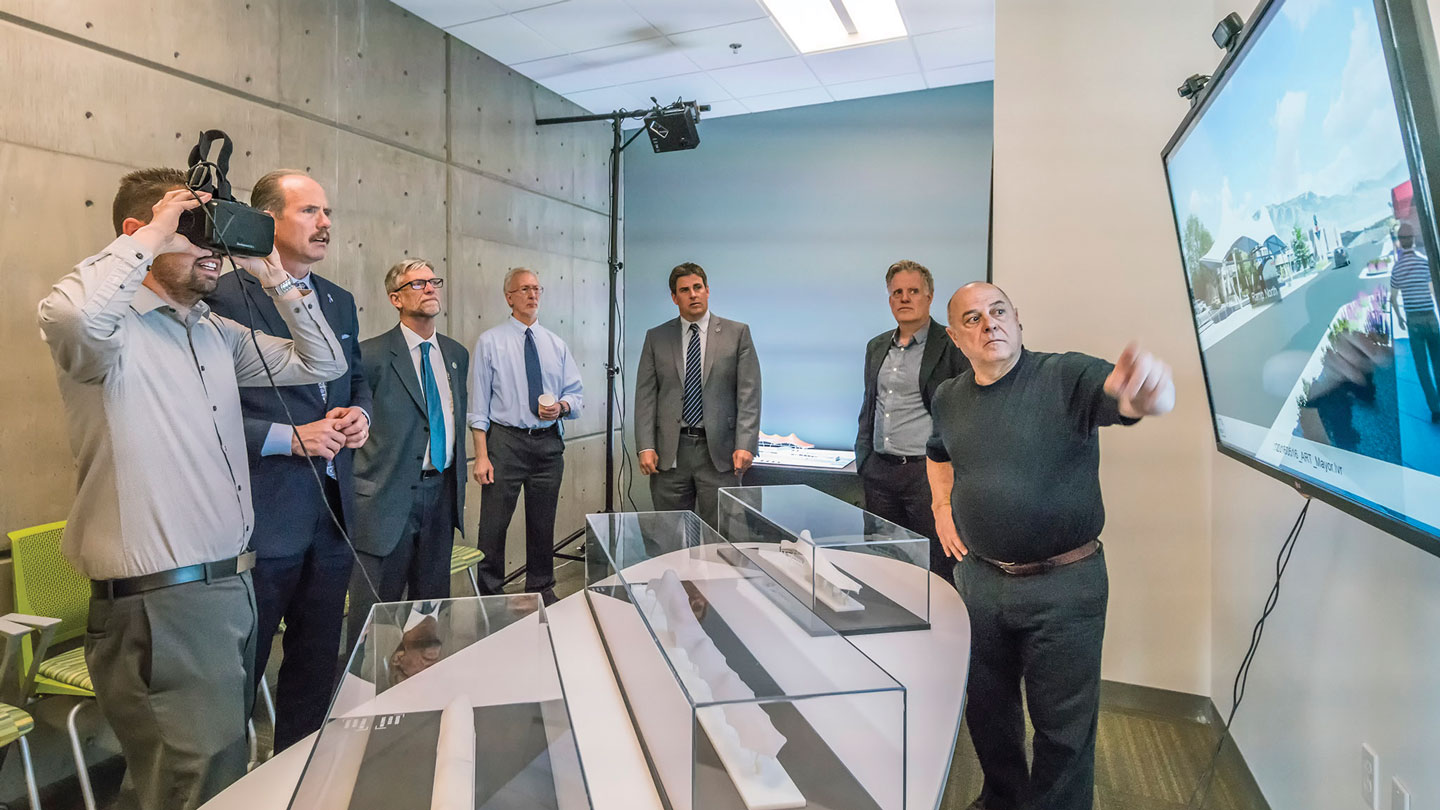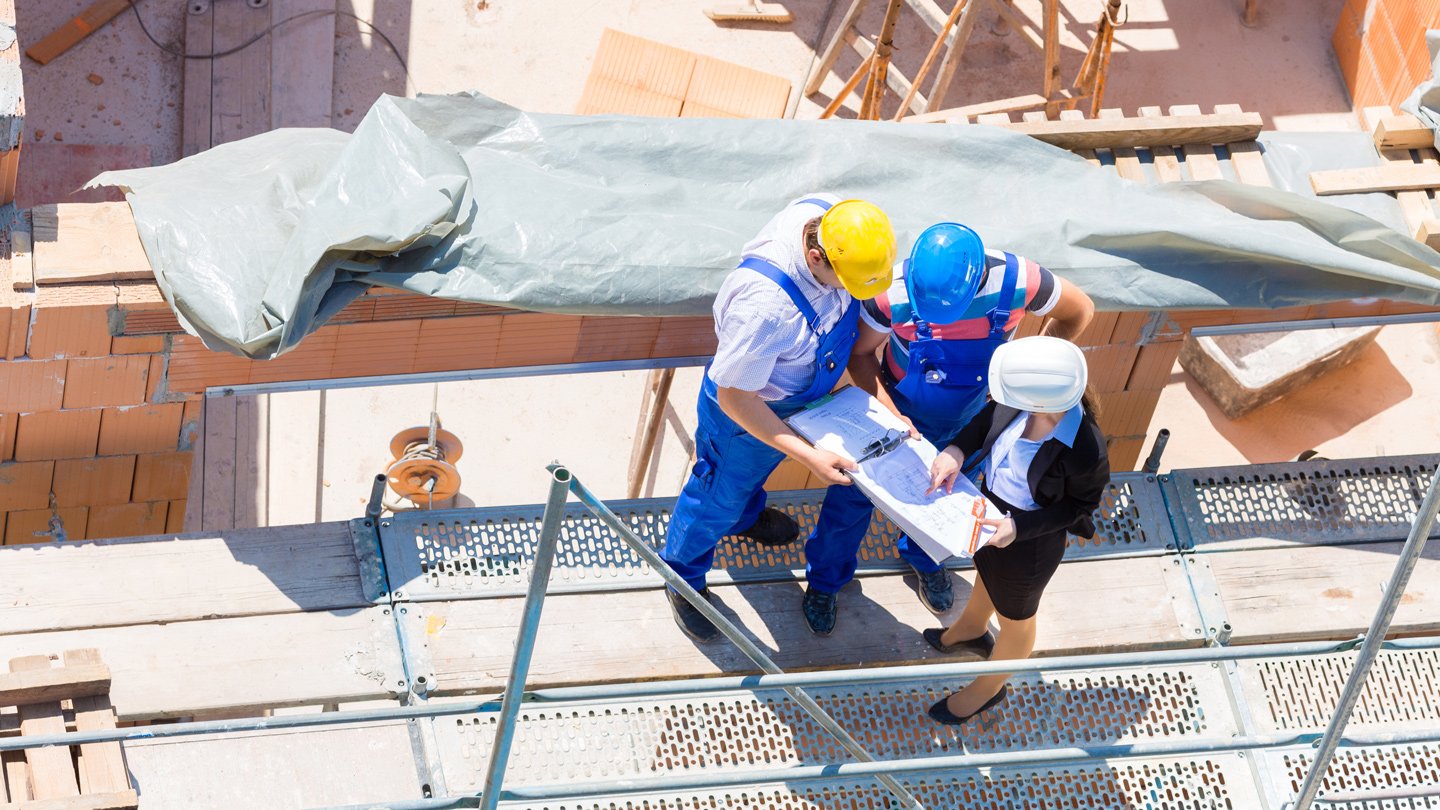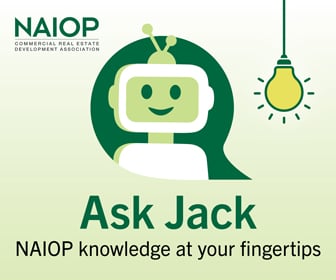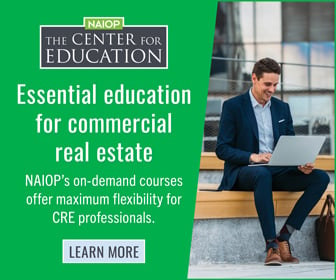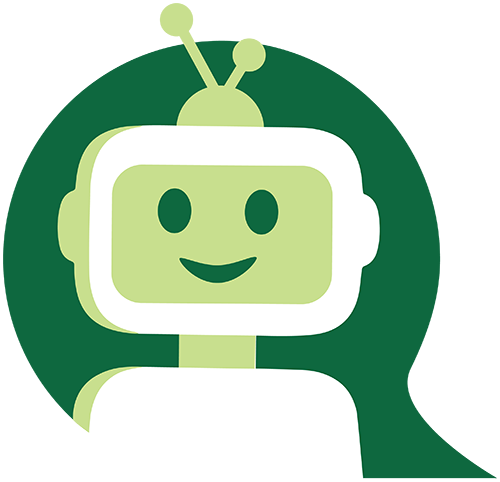A prototype design demonstrates the viability of multistory distribution centers in land-constrained North American submarkets.
Winter 2017/2018 Issue
The Perot Family's New Corporate Headquarters: A Powerful Collaboration Between Architecture and Landscape
By: Dave Goldberg, Annie Rummelhoff and Dakota KeeneThe new headquarters for the Perot family businesses represents both the family legacy and an investment in the well-being of their employees.
Northgate Distribution Center
By: Taylor ColeThe largest speculative distribution center in southern Nevada is turning North Las Vegas into an e-commerce mecca.
CRE Tech Adoption Speeds Up
By: Ron Derven and Margarita FosterCommercial real estate has been a slow adopter of new technology, but that’s about to change.
Must-Read Articles

The First Modern Multistory Logistics Building in North America
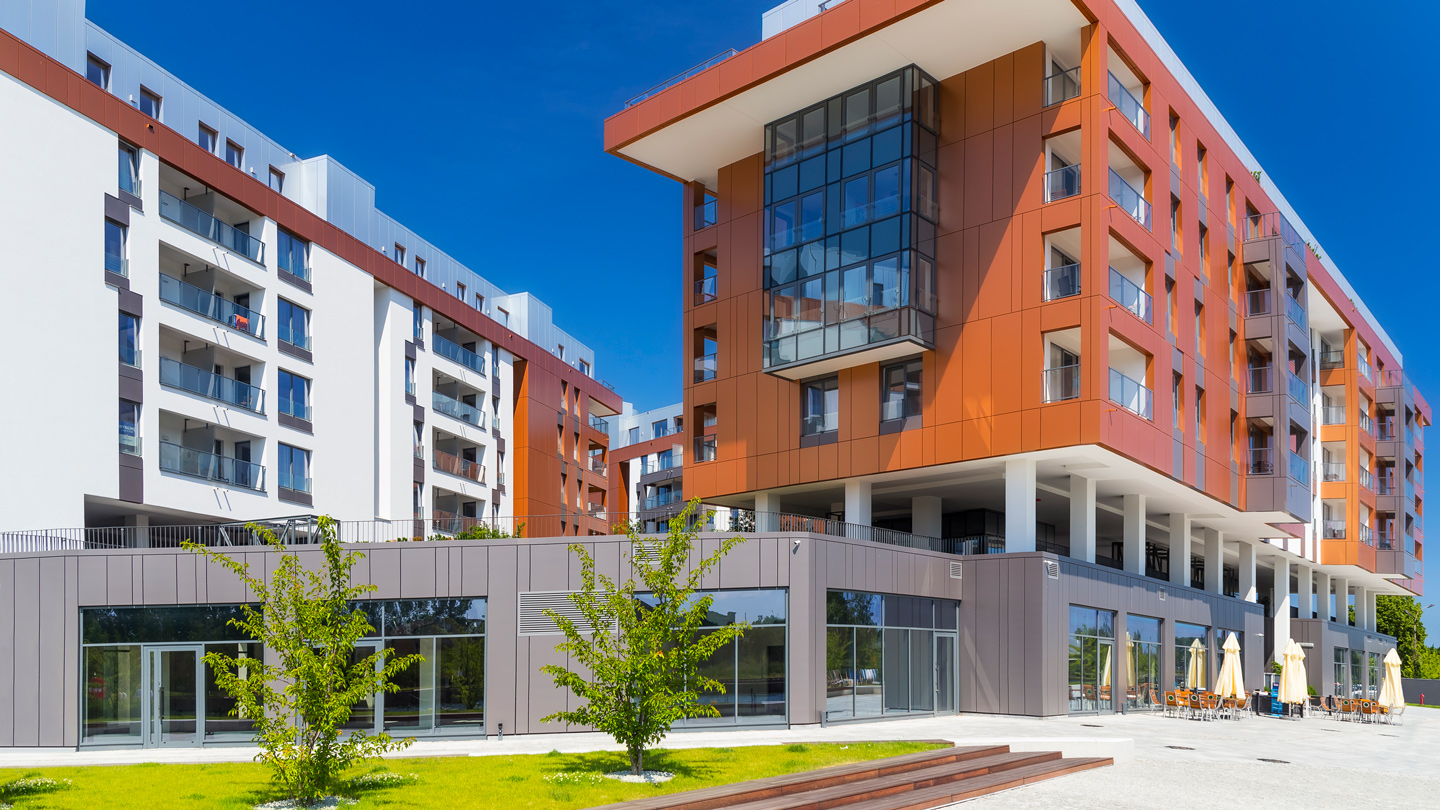
Legal Agreements for Mixed-use Projects

Health Care Tenants Inject New Life into Ailing Shopping Malls

Real Estate Diversification via Structured Investments
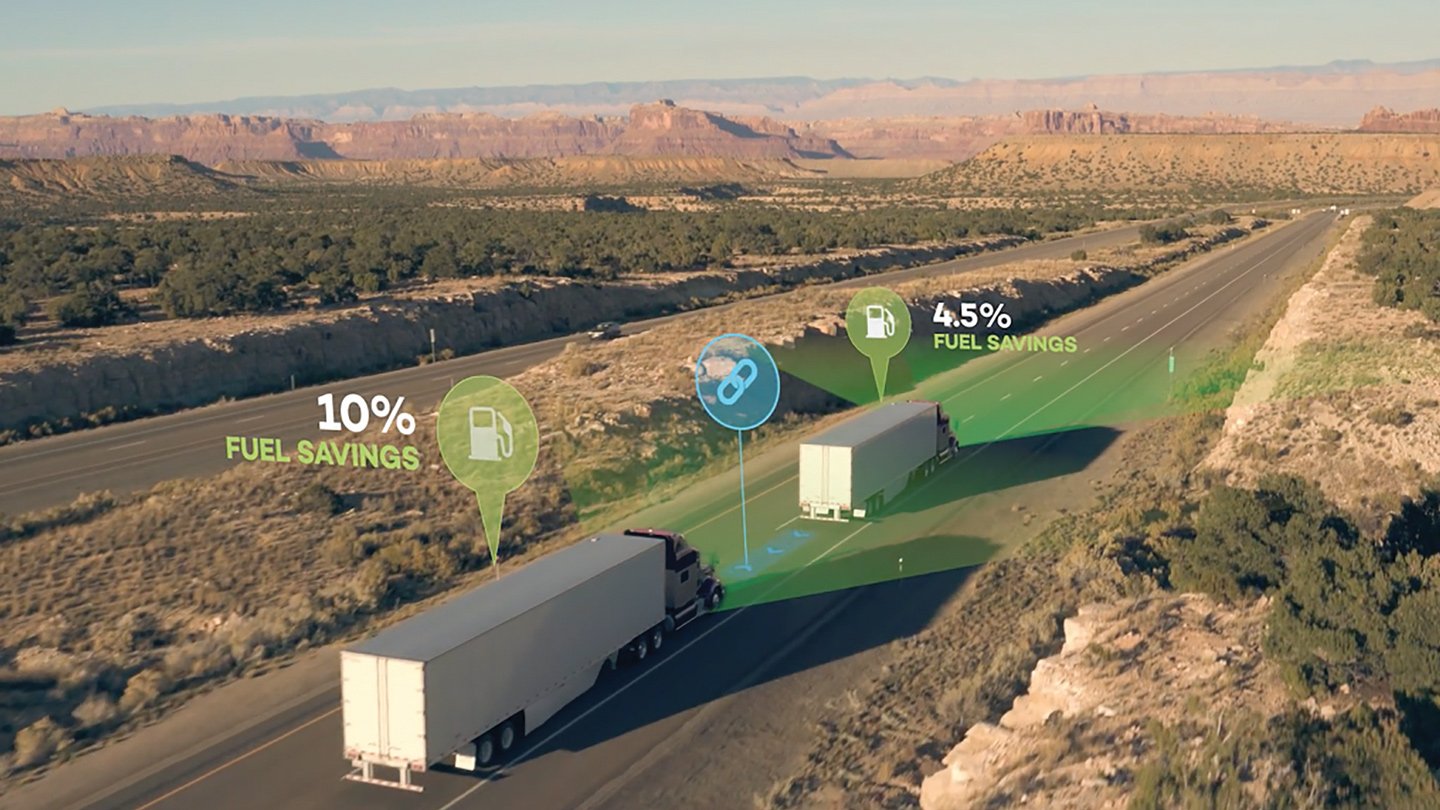
Six Innovative Concepts for Moving Freight
RELATED RESEARCH AND PUBLICATIONS
Industrial Space Demand Forecast, First Quarter 2025
Economic Impacts of Commercial Real Estate, 2025 U.S. Edition
Office Space Demand Forecast, Fourth Quarter 2024
PERSPECTIVES
CEO on Leadership: Jordan Lott, President and Founder, Lake Washington Partners
It's All Up to You
Developing Leaders on the Future of CRE
Sound Bites From NAIOP’s National Research Directors Meeting and CRE.Converge
ADDITIONAL ARTICLES
Download the Winter 2017/2018 Issue of Development
Download the Winter 2017/2018 Issue of Development
A Second Set of Leading Indicators for the Future
Artful Landscape Design for Stormwater Management
New & Noteworthy Projects
Ten Industrial Trends to Watch
A Real Estate Developer's Sustainable Headquarters
Mixed-use Design: Making the Mixes Work
Air Resources Board Targets California's Industrial Properties
ARCHIVED ISSUES
View All Archived Issues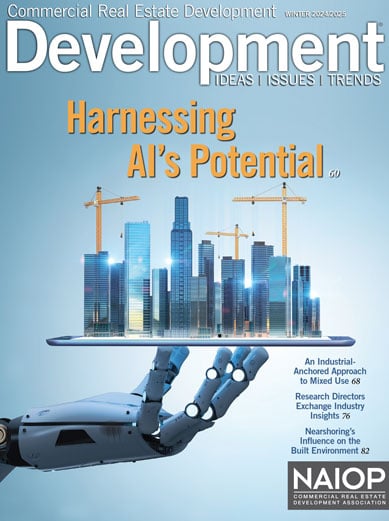 Winter 2024/2025 Issue
Winter 2024/2025 Issue
Development magazine’s winter issue delves into the evolving uses of artificial intelligence in the commercial real estate industry, from lease management and building operations to portfolio assessment and data analysis.
 Fall 2024 Issue
Fall 2024 Issue
Development magazine’s Fall issue profiles Crescent Communities, explores the growing impact of spaceport real estate around Houston and along Florida’s Space Coast, the commitment to prioritize employee well-being and environmental stewardship in the design of REI Co-op’s latest distribution center, and the innovations involved in the development of EVE (Electric Vehicle Enclave) Park in London, Ontario.
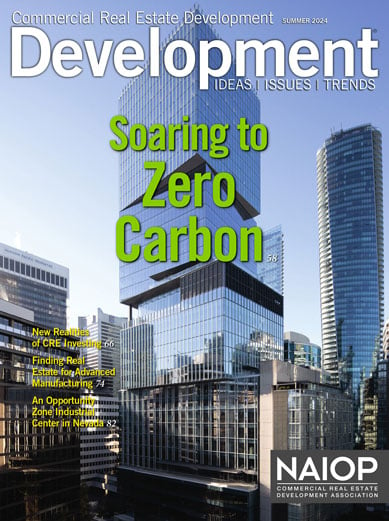 Summer 2024 Issue
Summer 2024 Issue
This issue features a cover story on The Stack, the first high-rise office project in Canada to earn Zero Carbon Building Design certification. Other feature articles examine the new realities of CRE investing across different sectors, the challenges of finding move-in-ready space for advanced manufacturing startups, and lessons learned from Mark IV’s acquisition and master planning of a 4,300-acre Opportunity Zone industrial project in northern Nevada.


